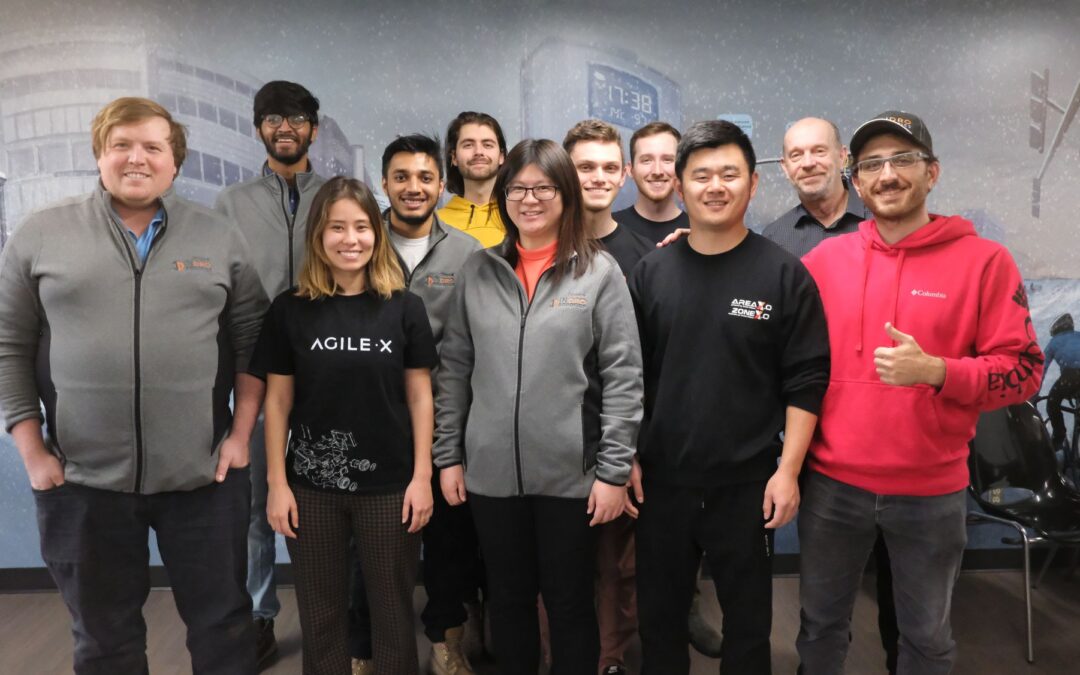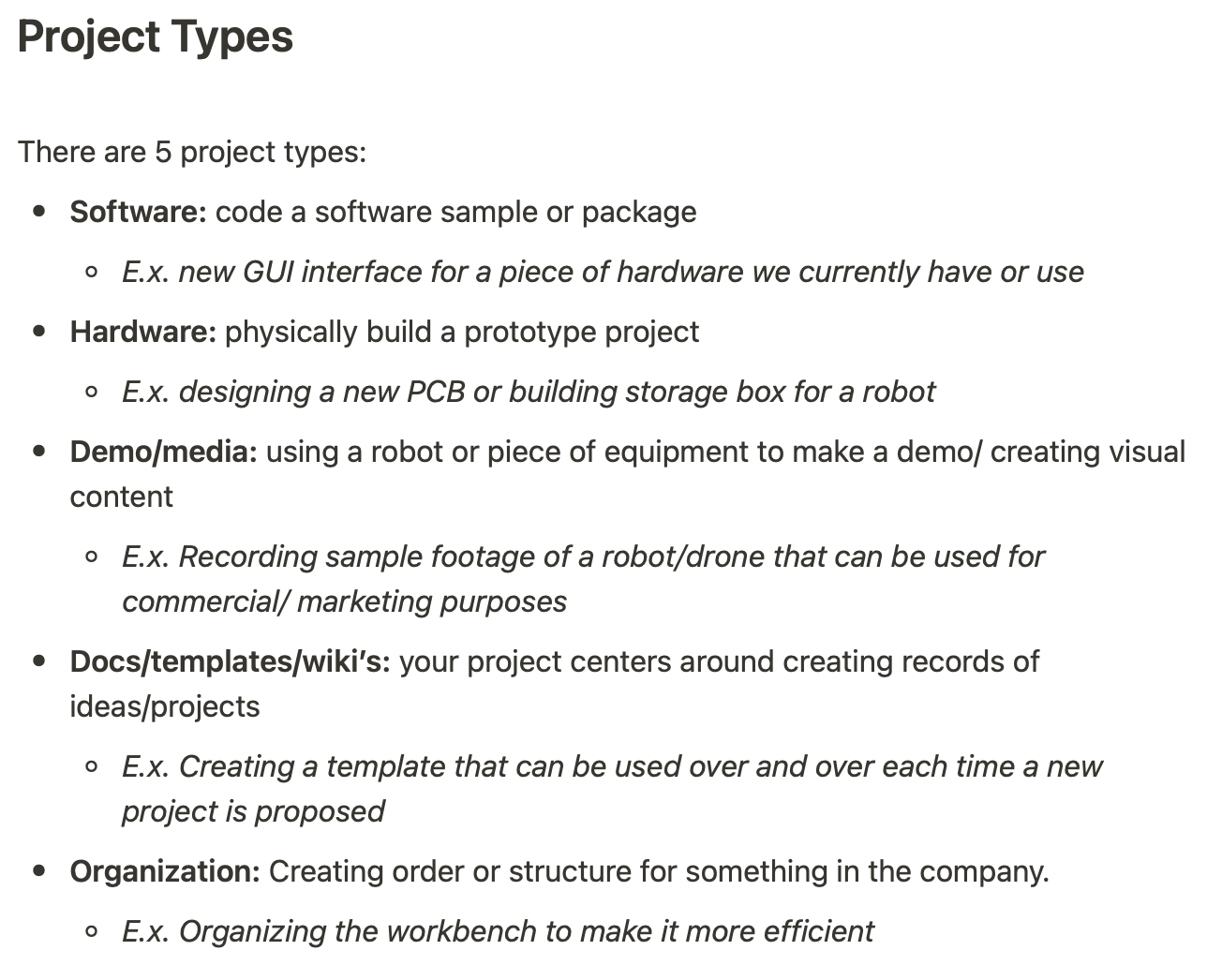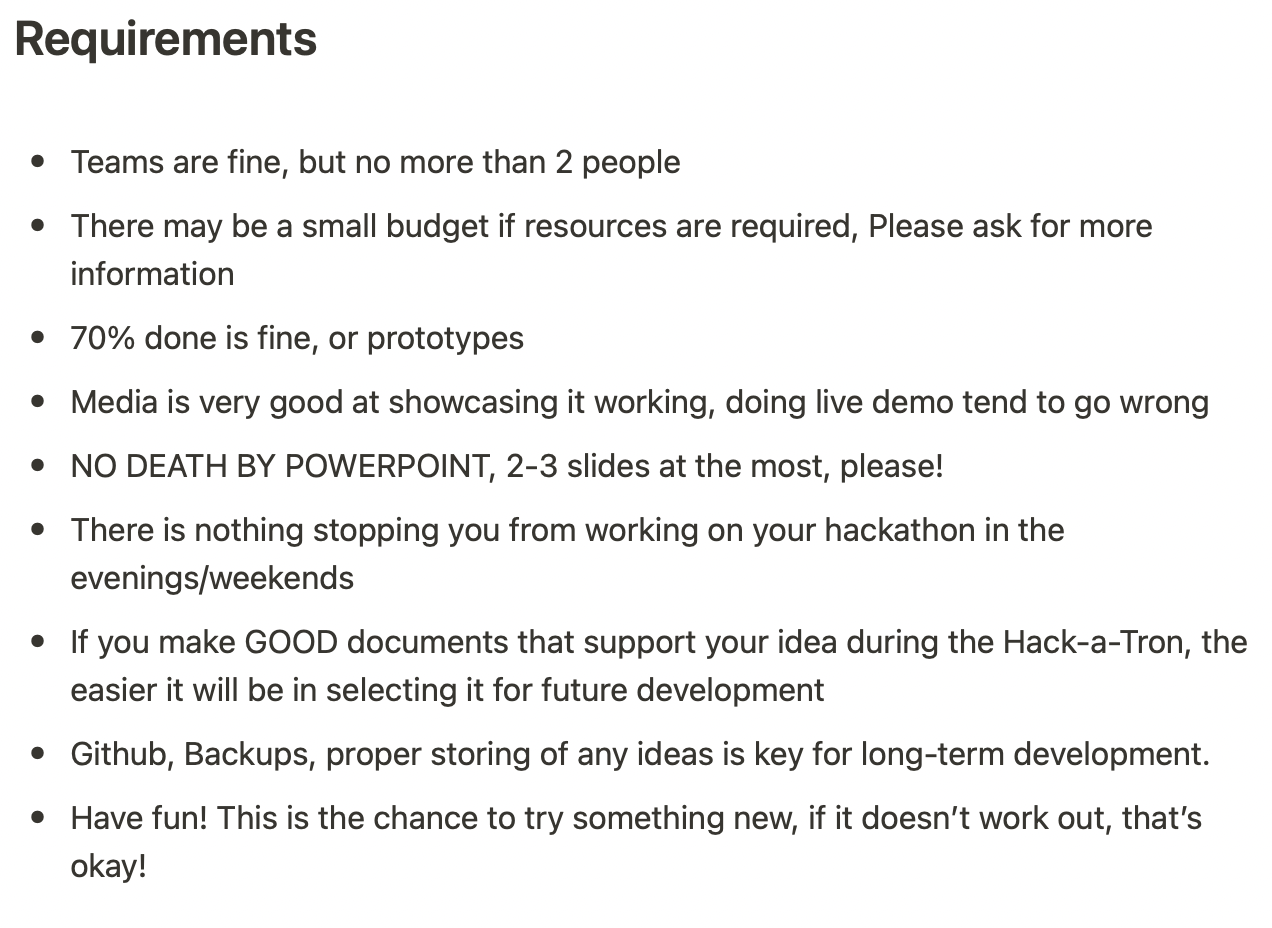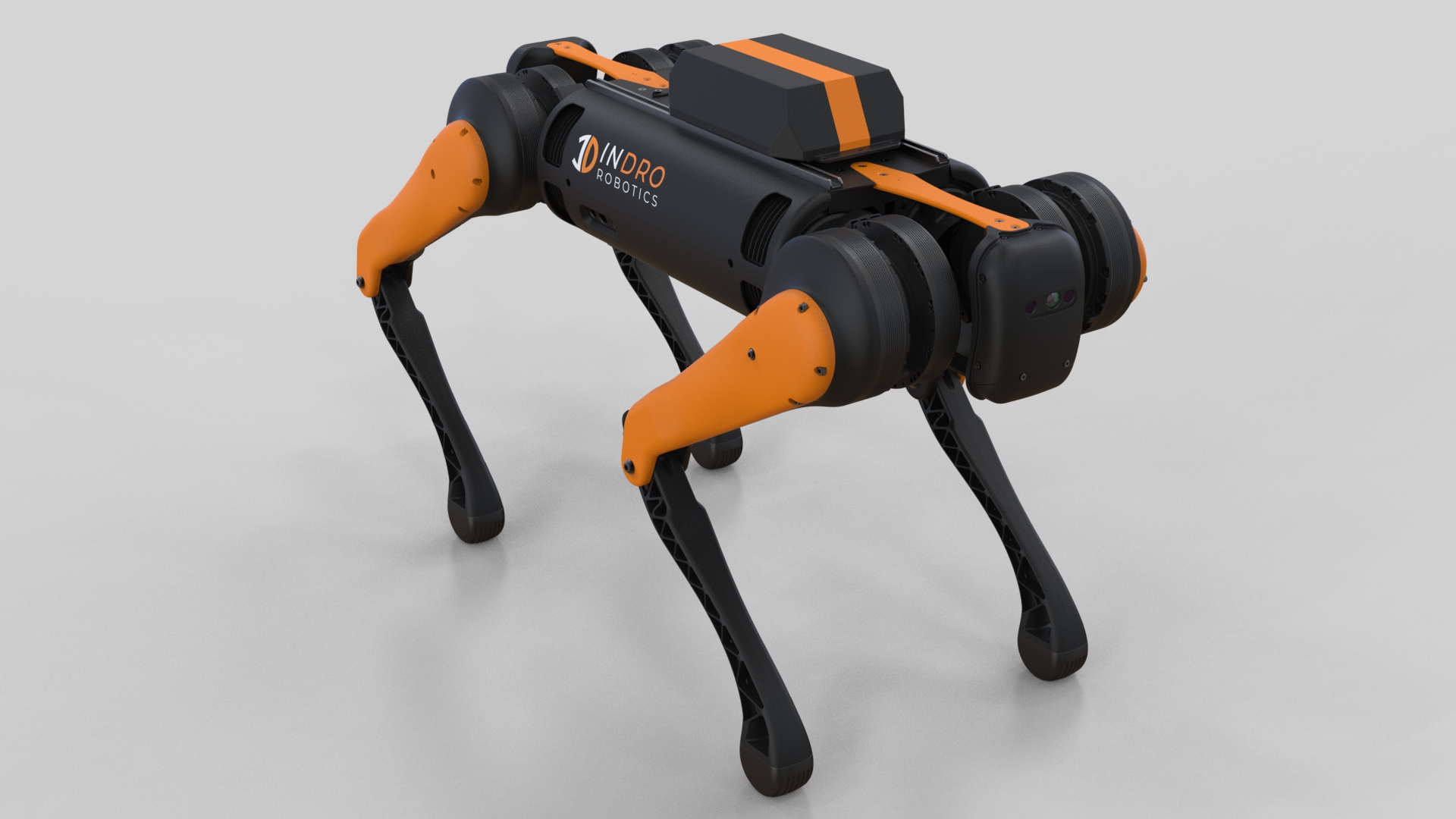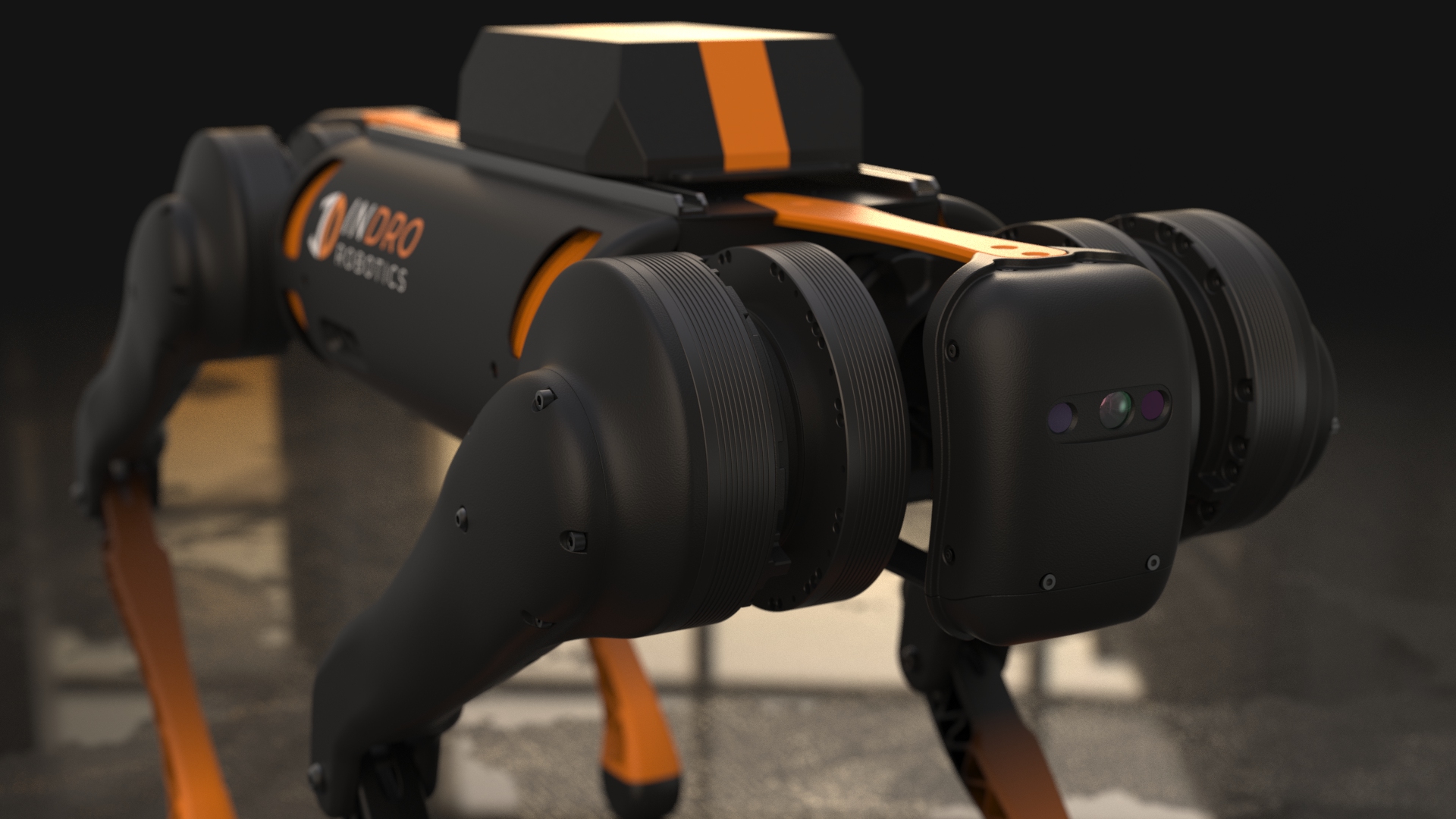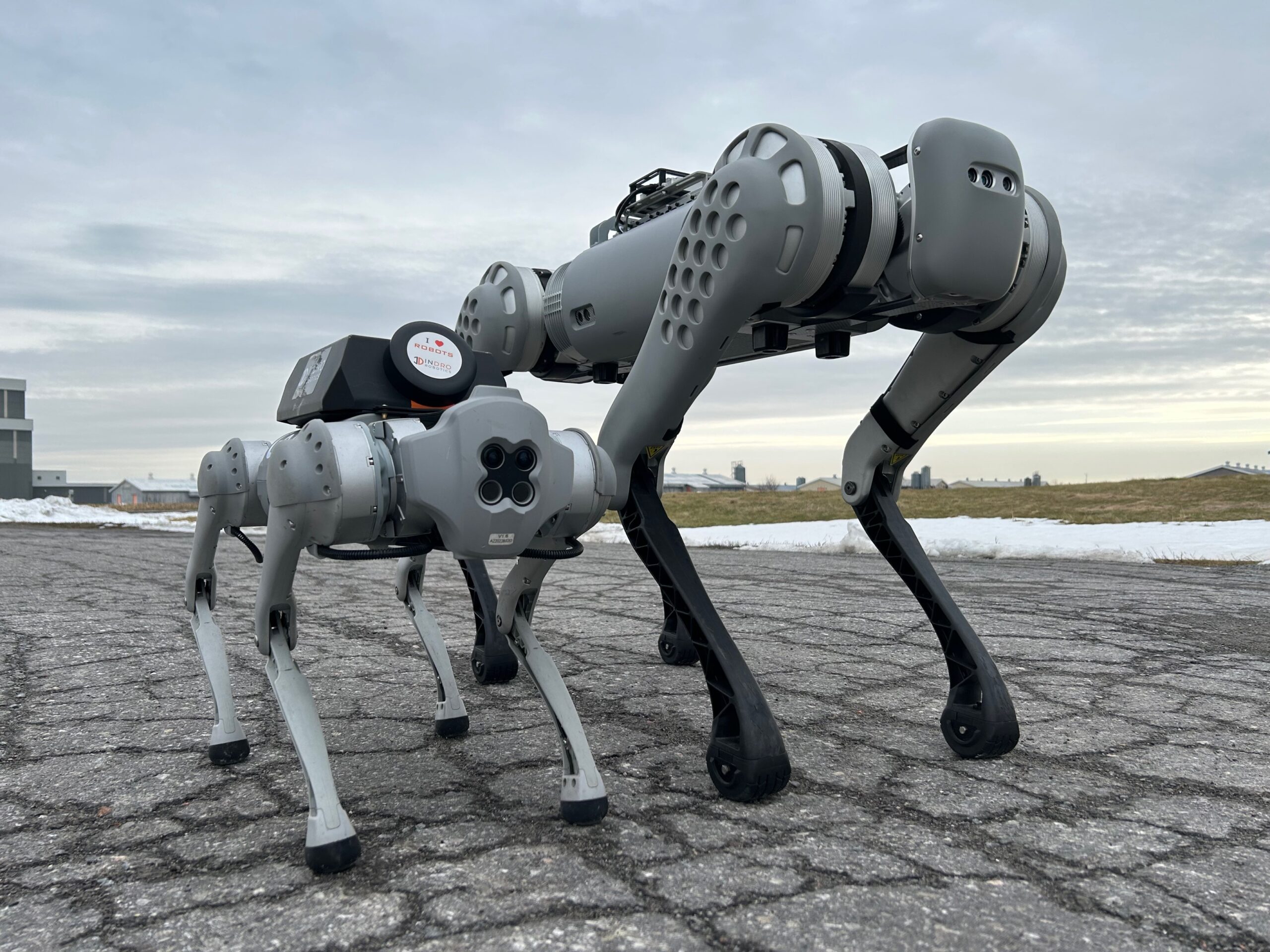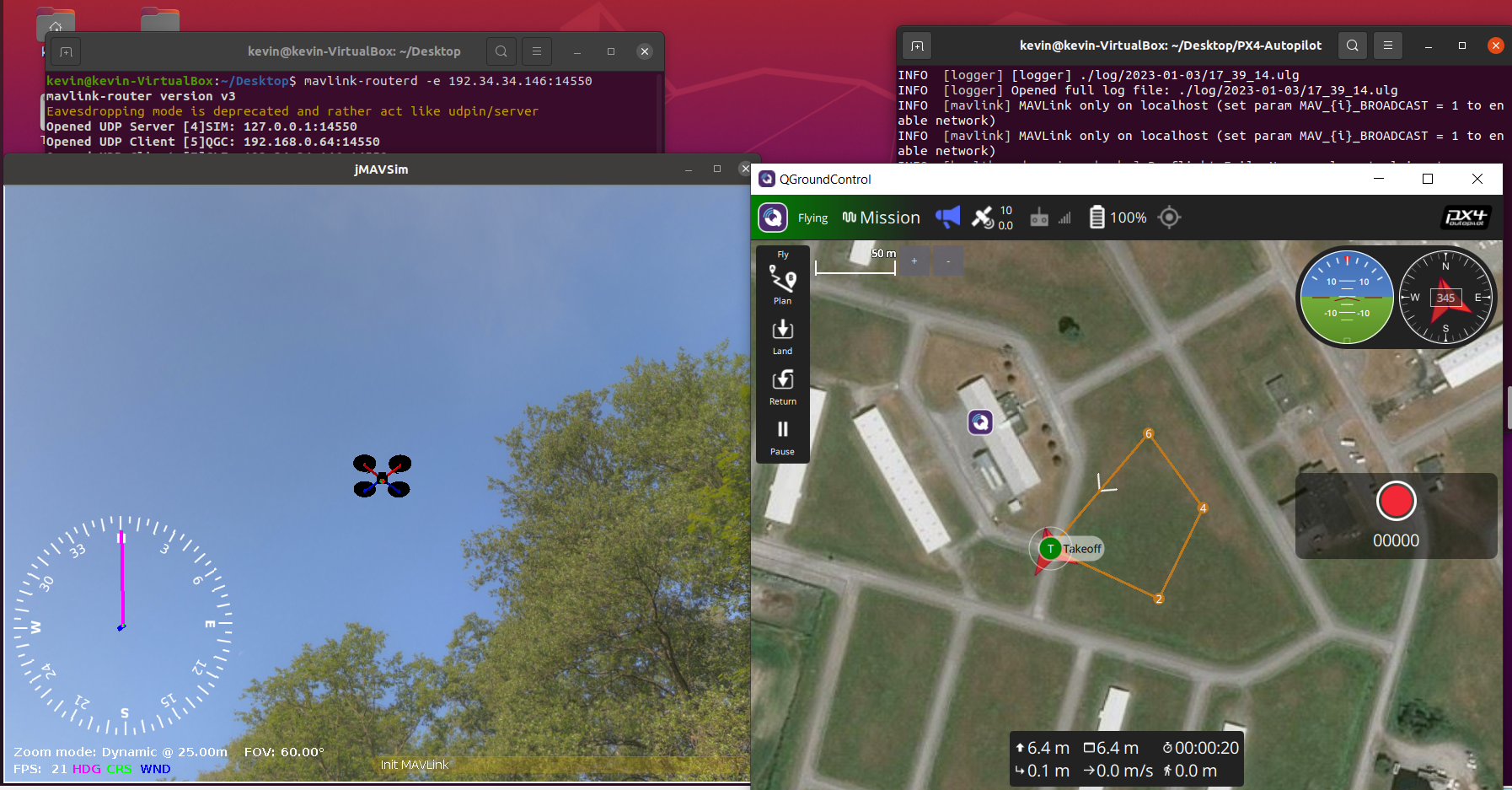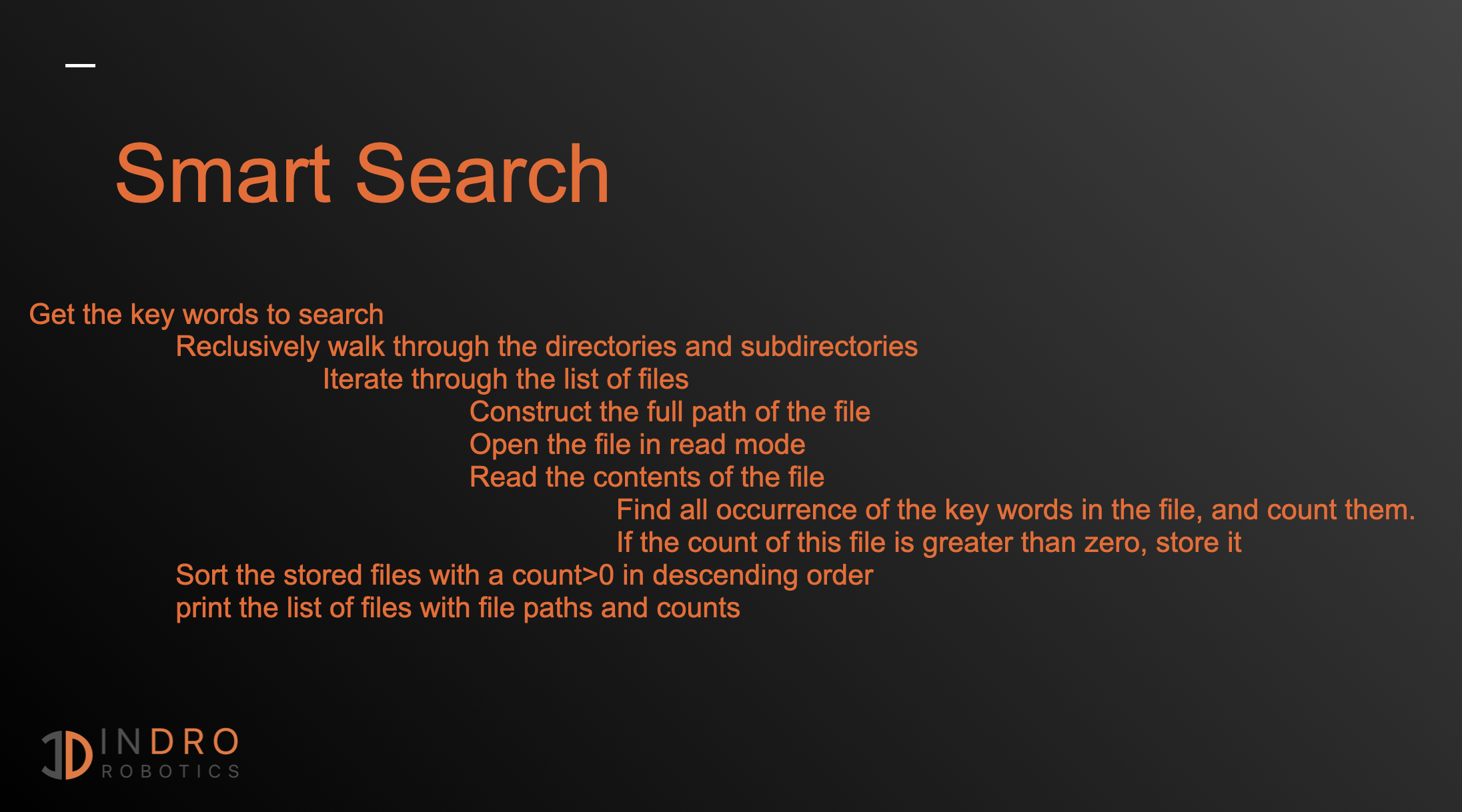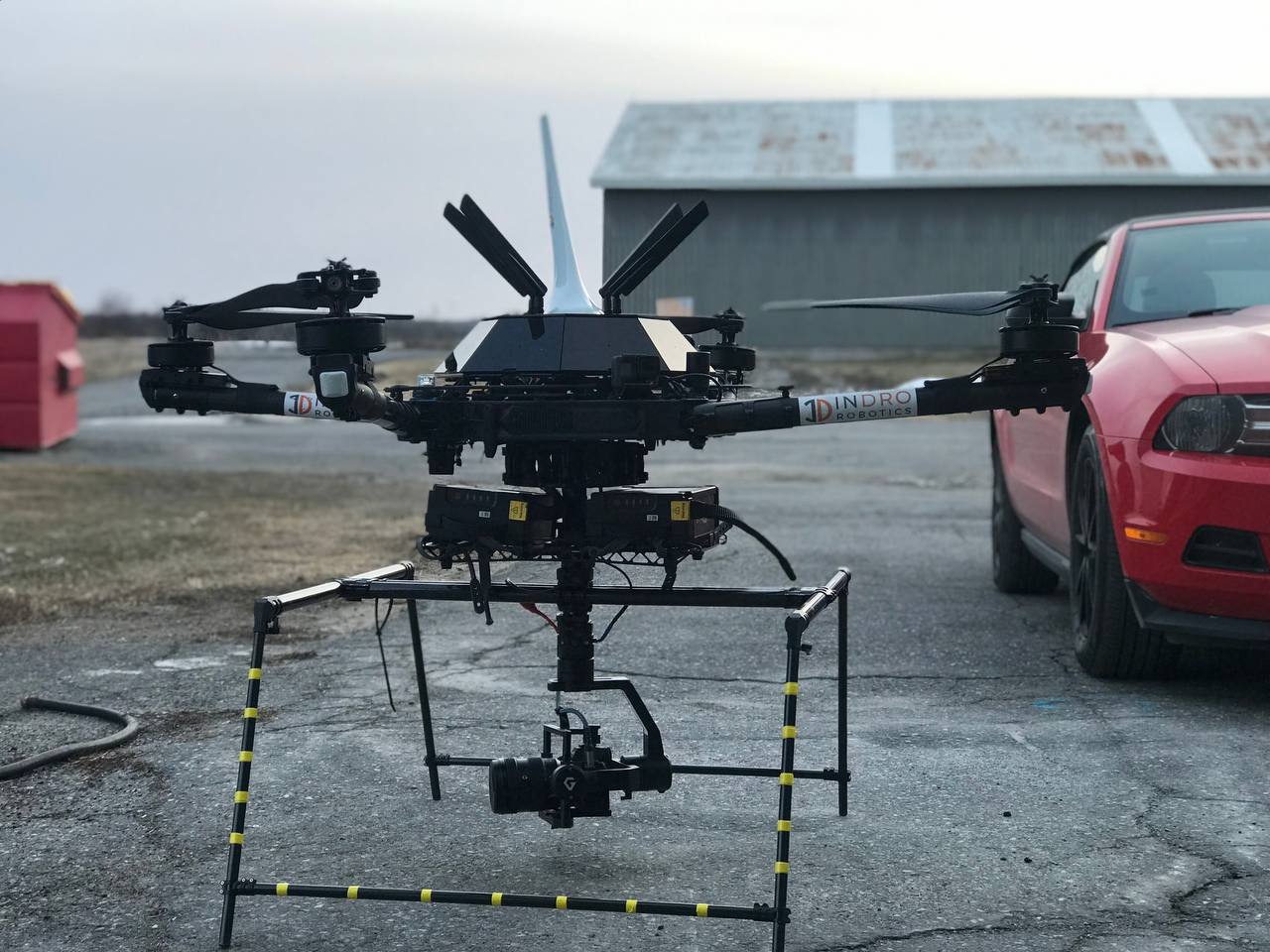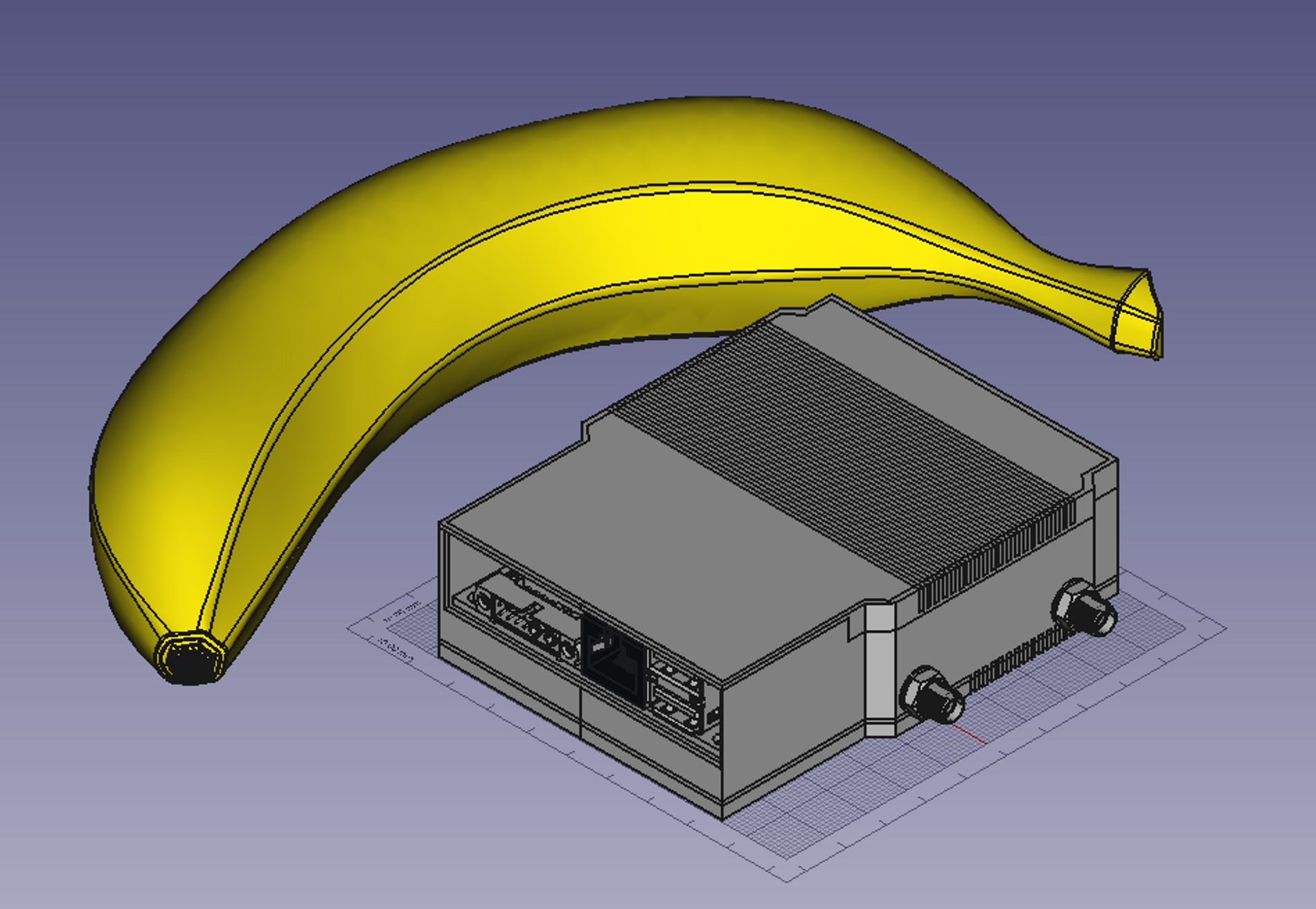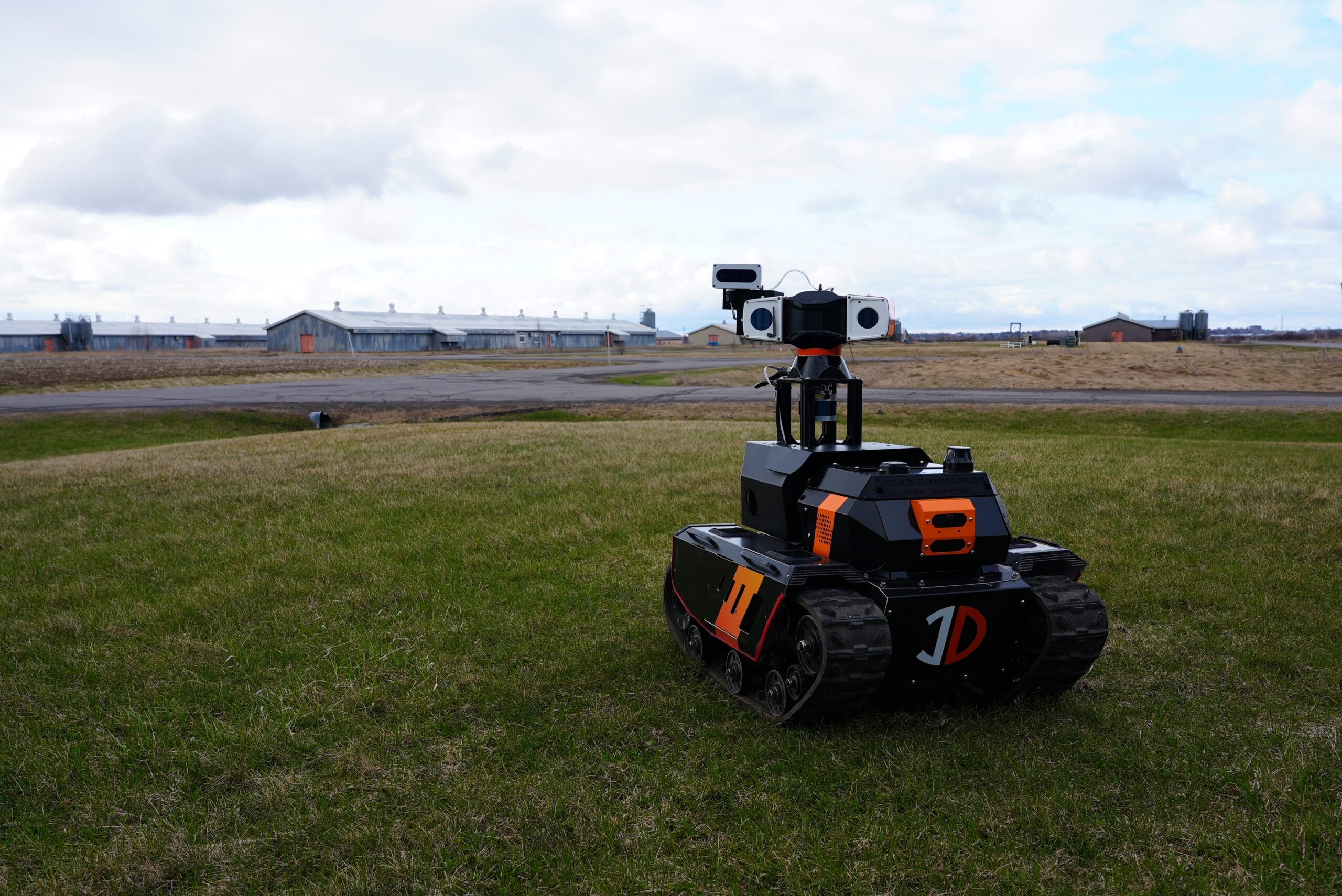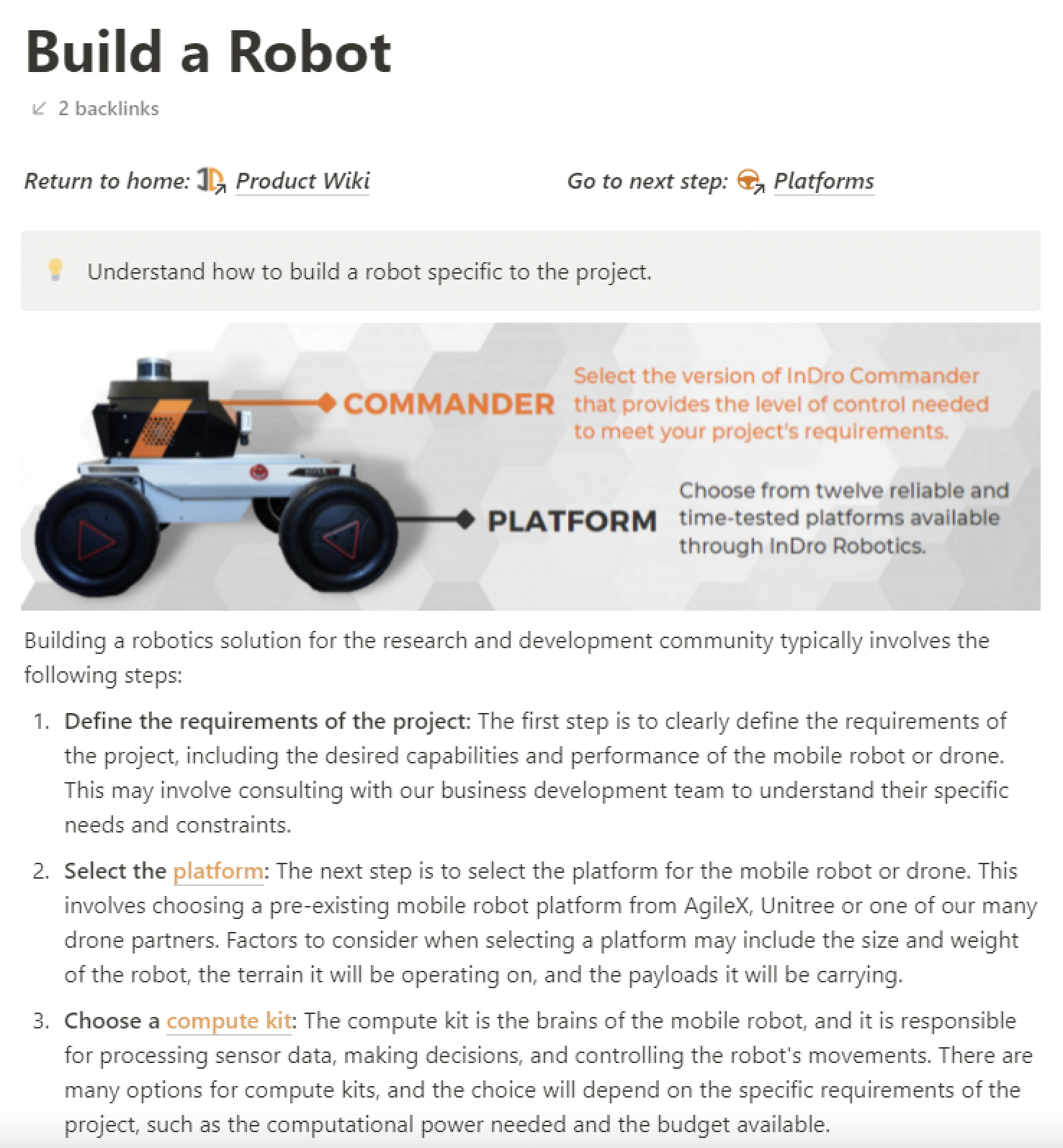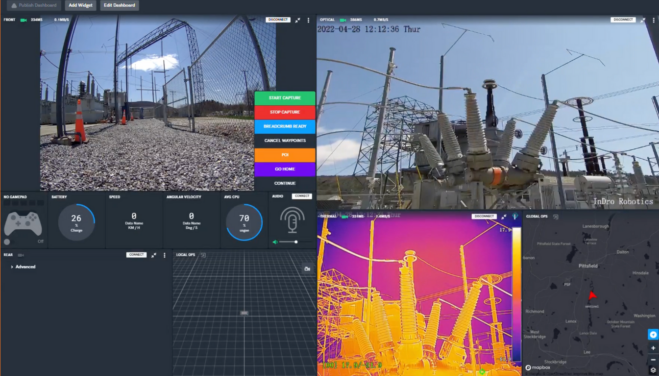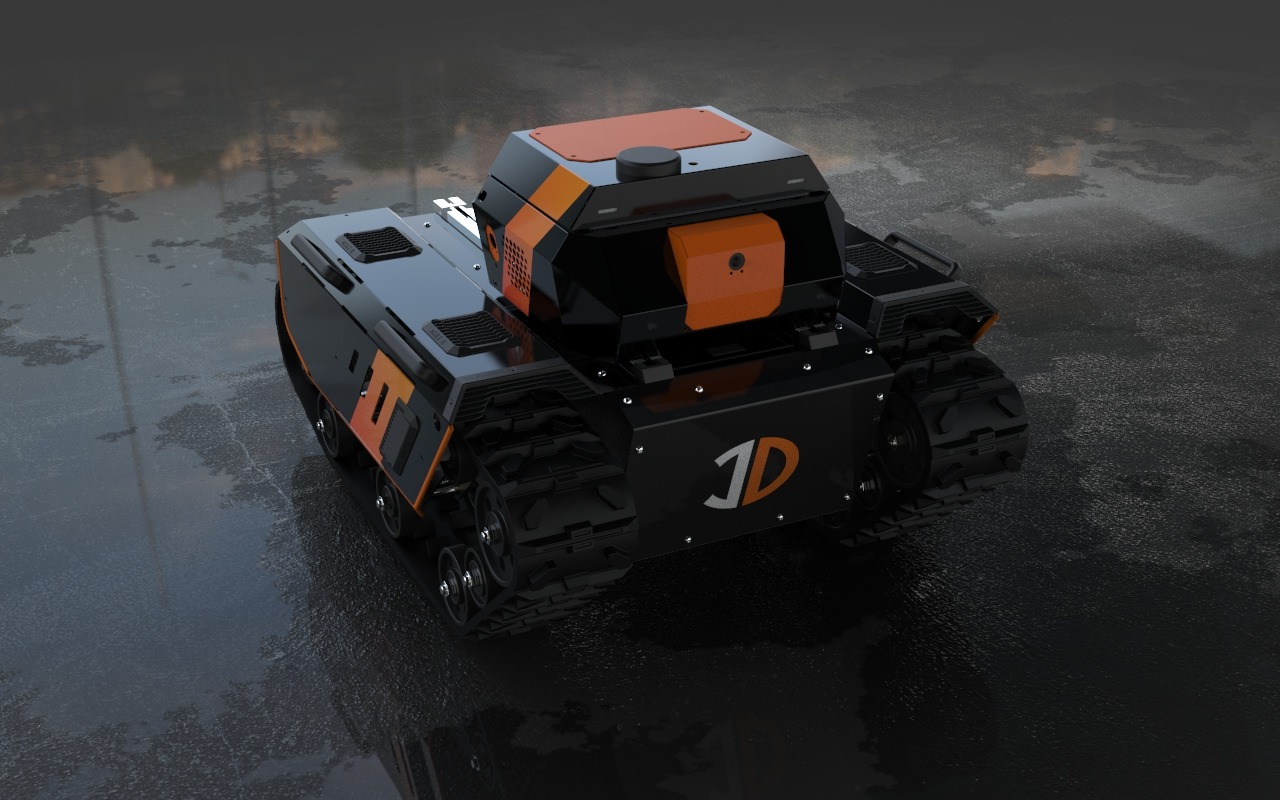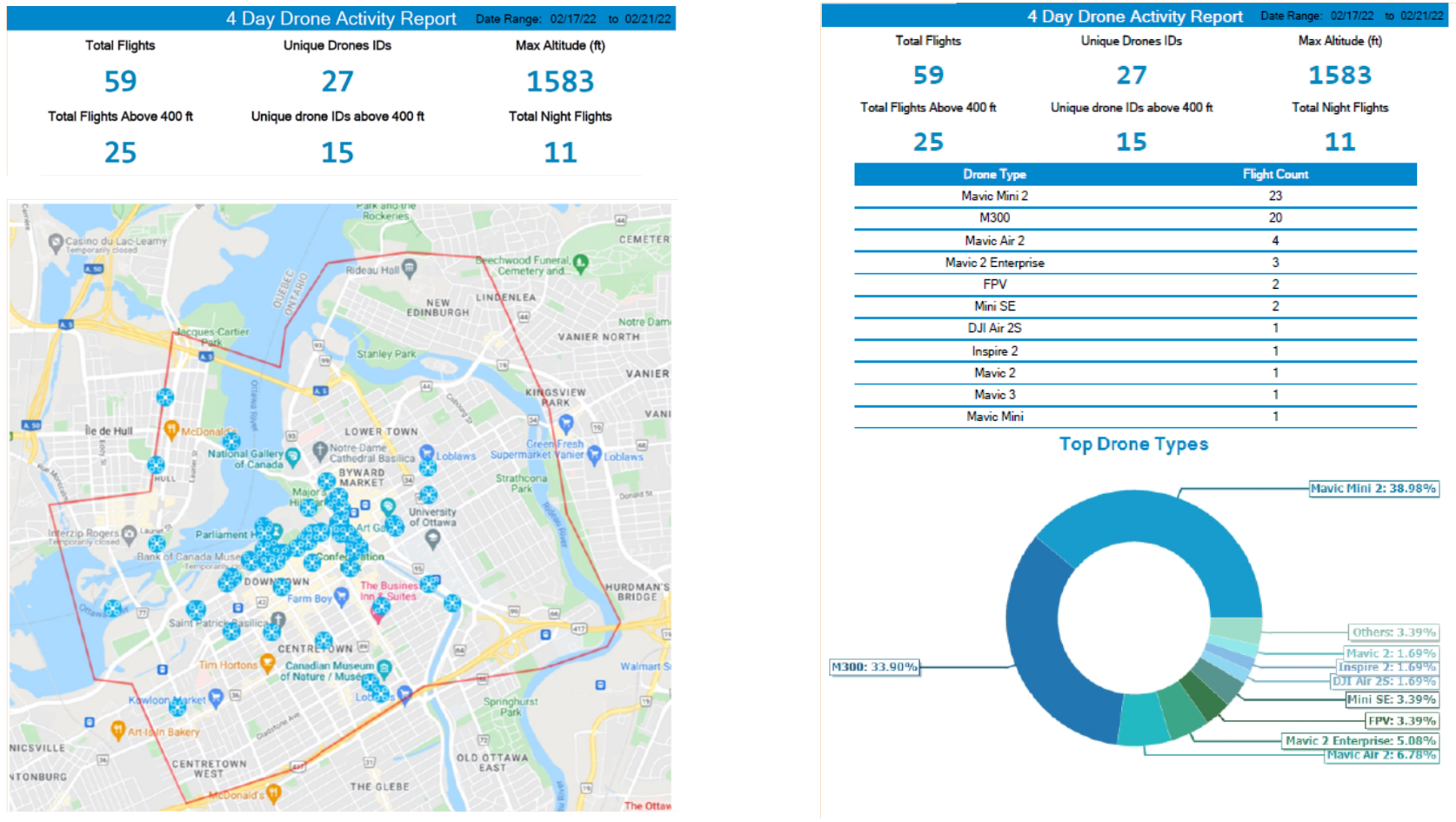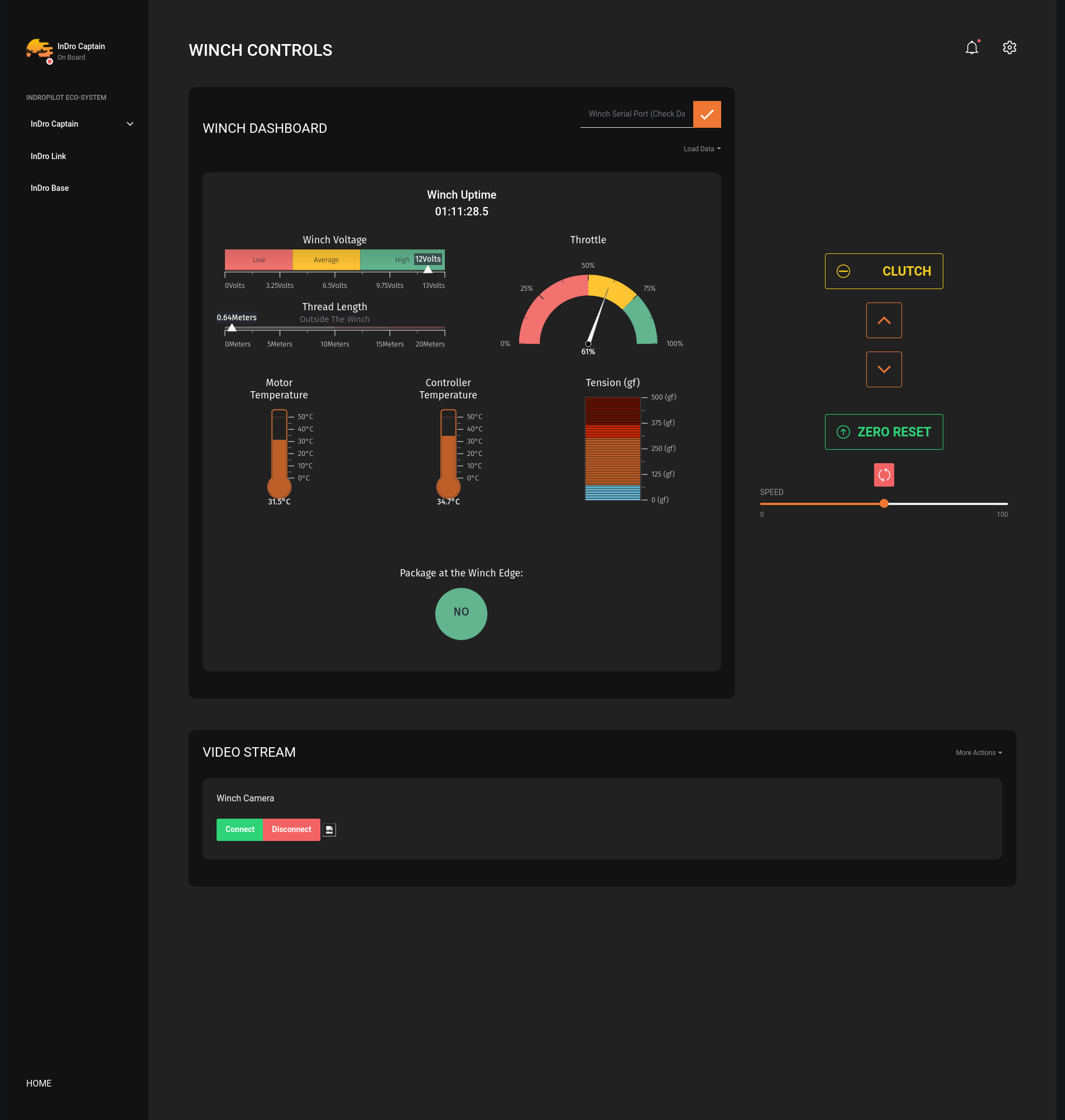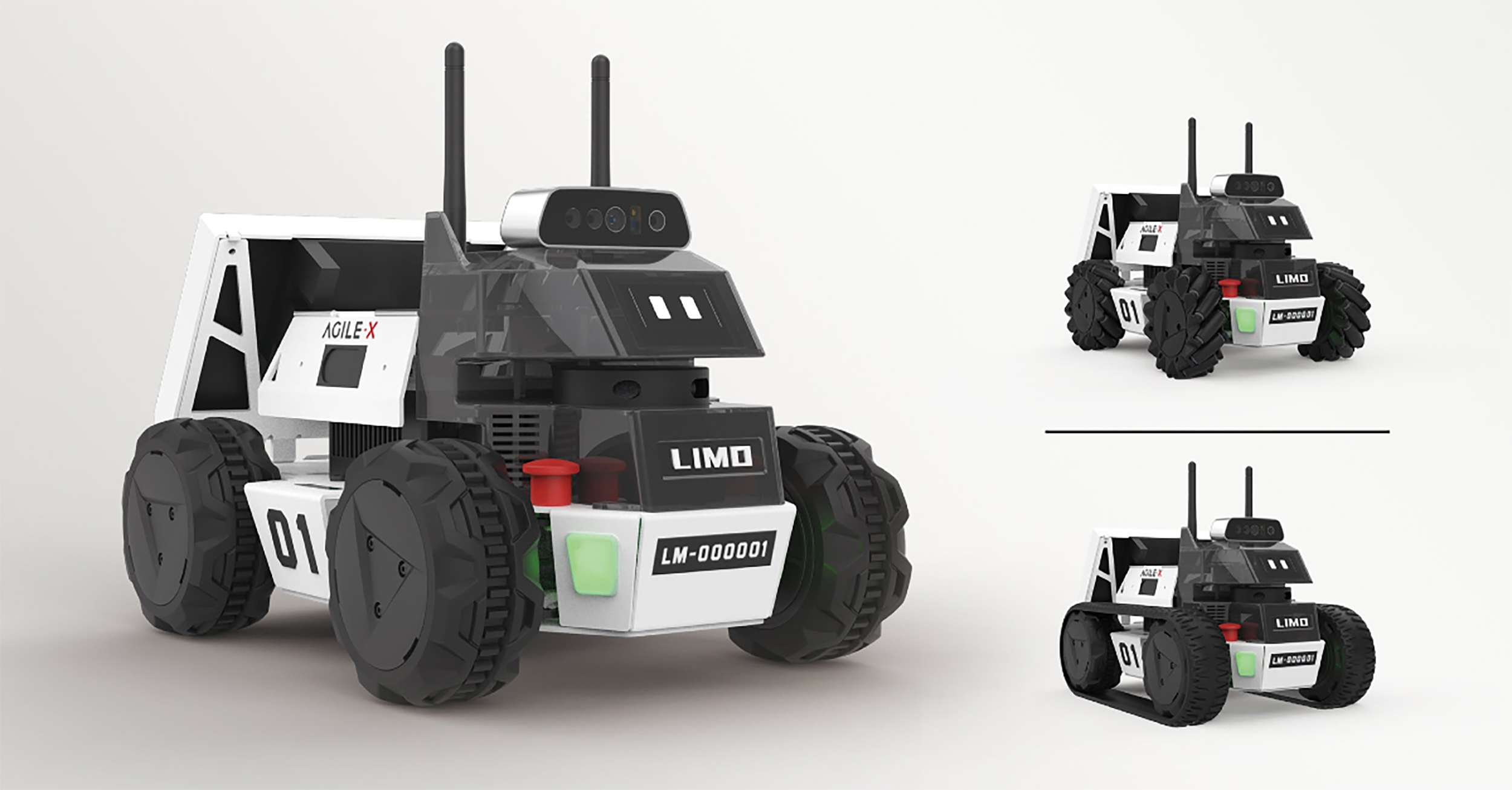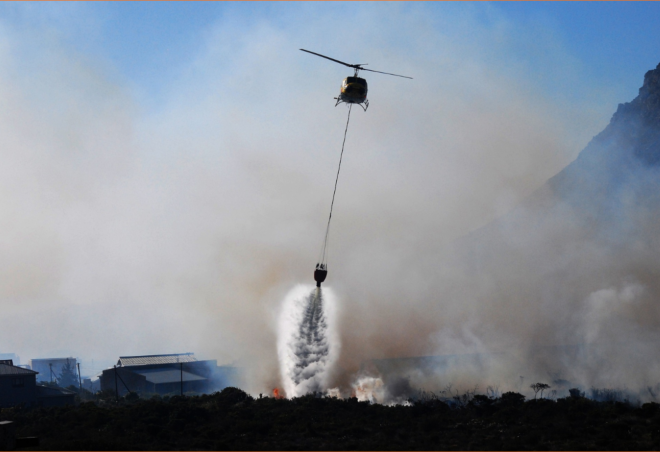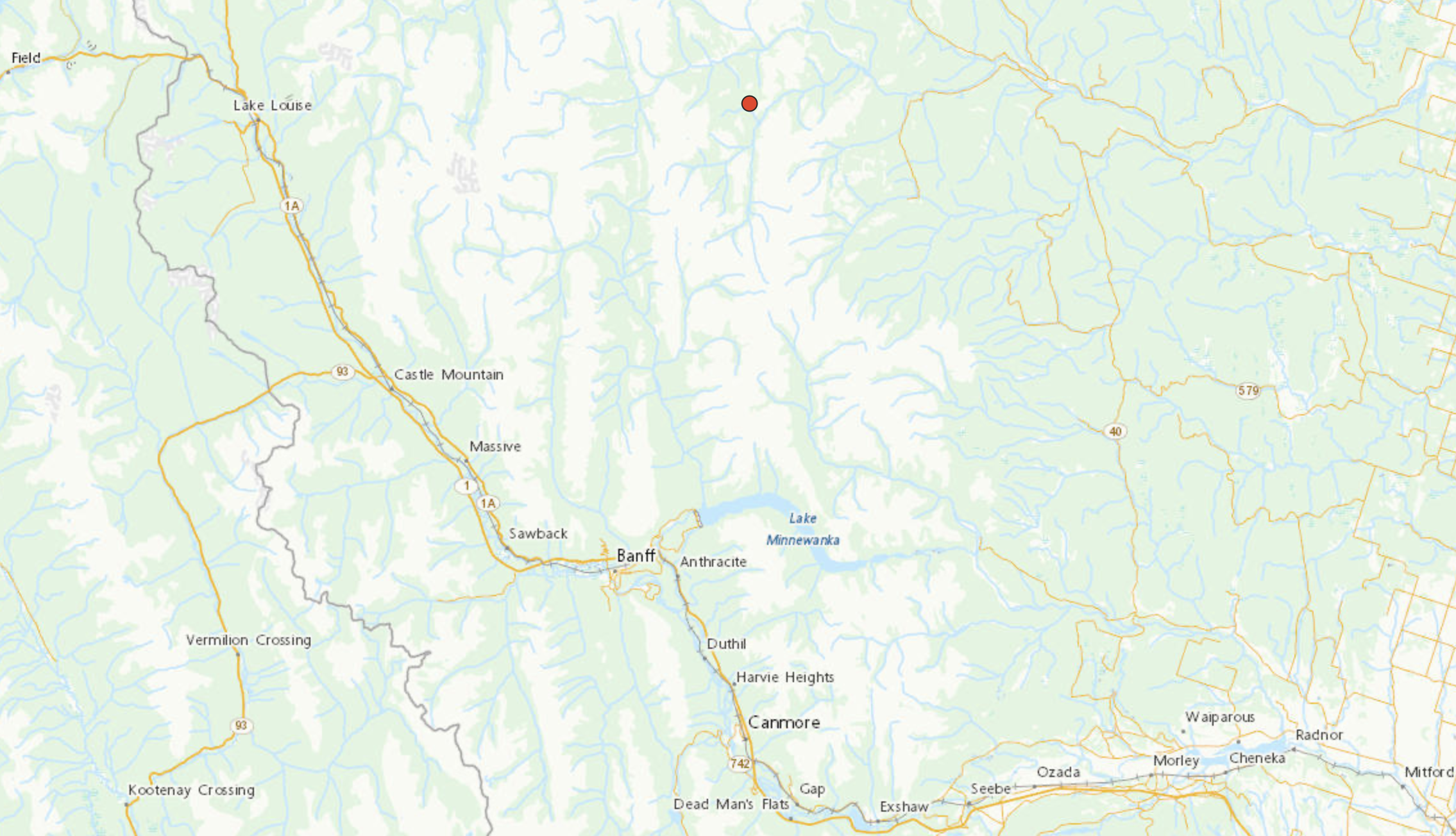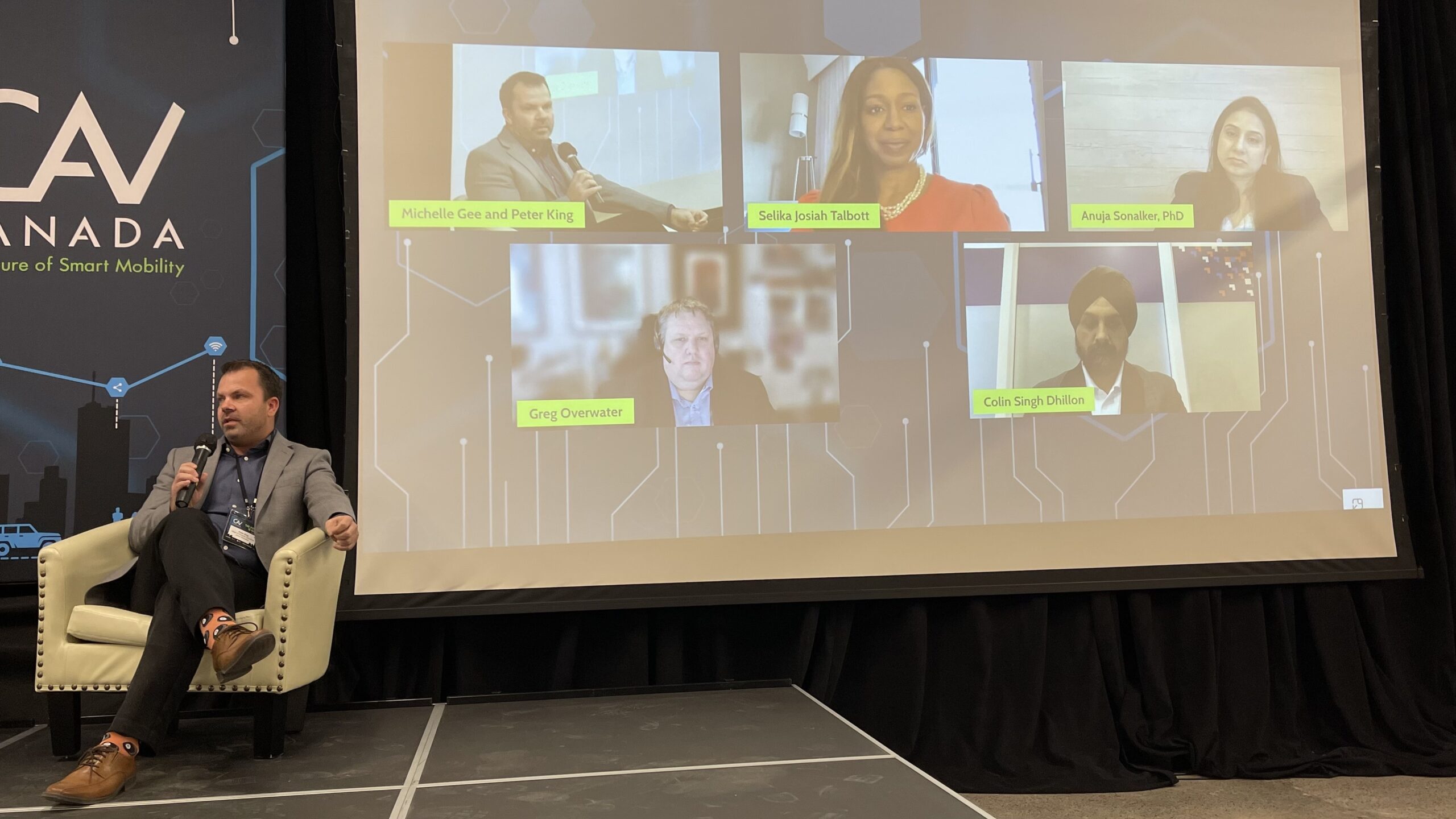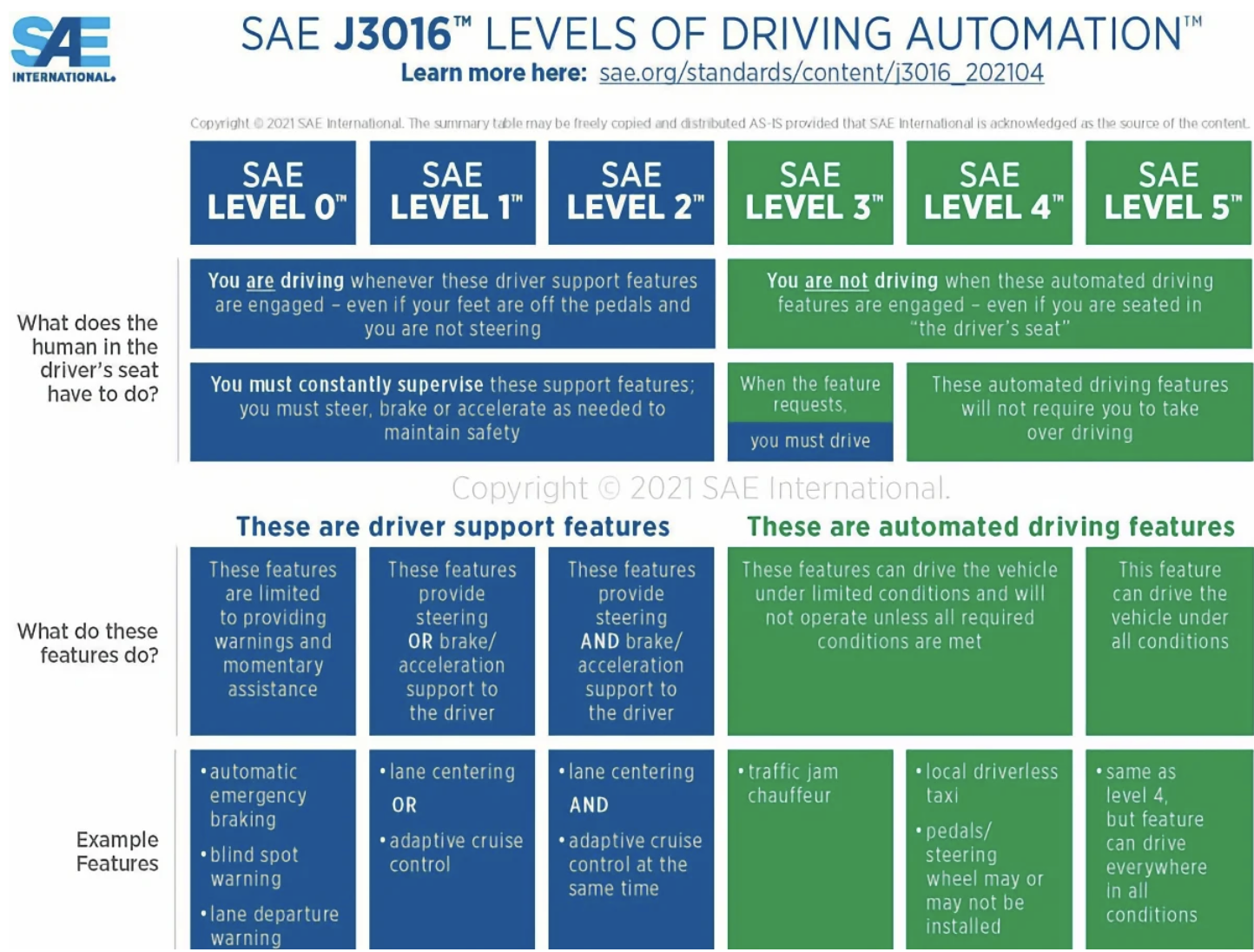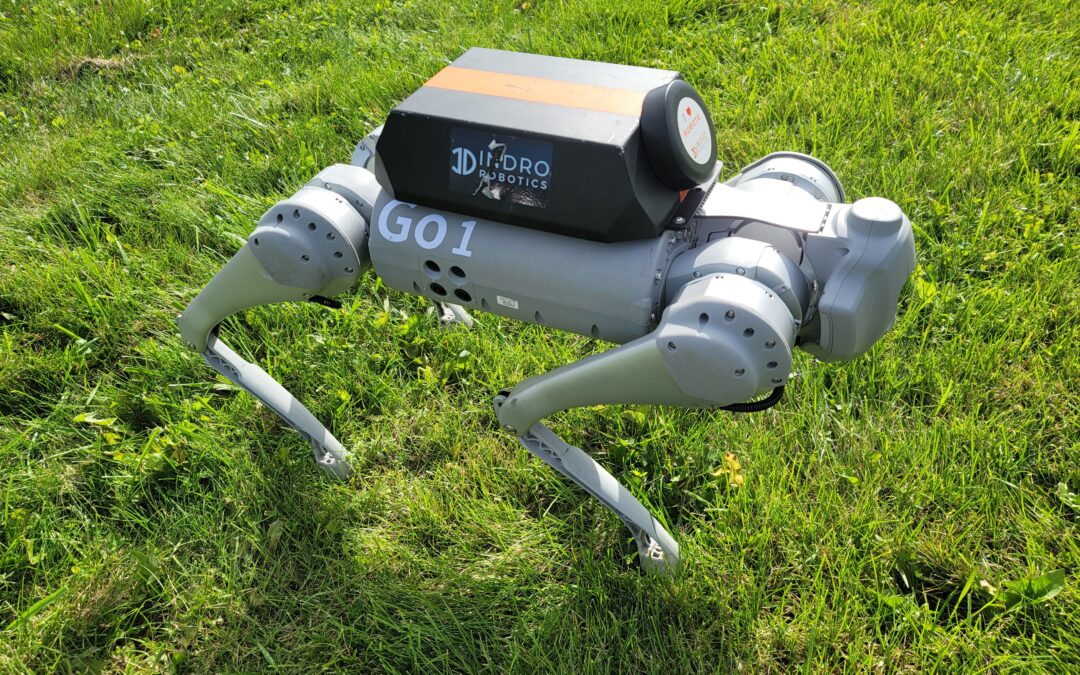
InDro Backpack makes smart dog robots smarter
By Scott Simmie
Want to make a smart dog smarter?
(And by “dog,” we’re referring here to quadruped robots – whose form factor and locomotion make them look like dogs.)
InDro has developed a solution for that.
We call it InDro Backpack. It’s a bolt-on hardware/software product that transforms the capabilities of these robots, enabling them to carry out remote operations over 5G and 4G networks – with data streaming real-time to the desktop or laptop of the operator.
And why do we call it the InDro Backpack? Well, once it’s bolted on, that’s what it kind of looks like. This is our first generation prototype, mounted on the Unitree GO-1 EDU. (We’ll explain those scuff marks later on.)
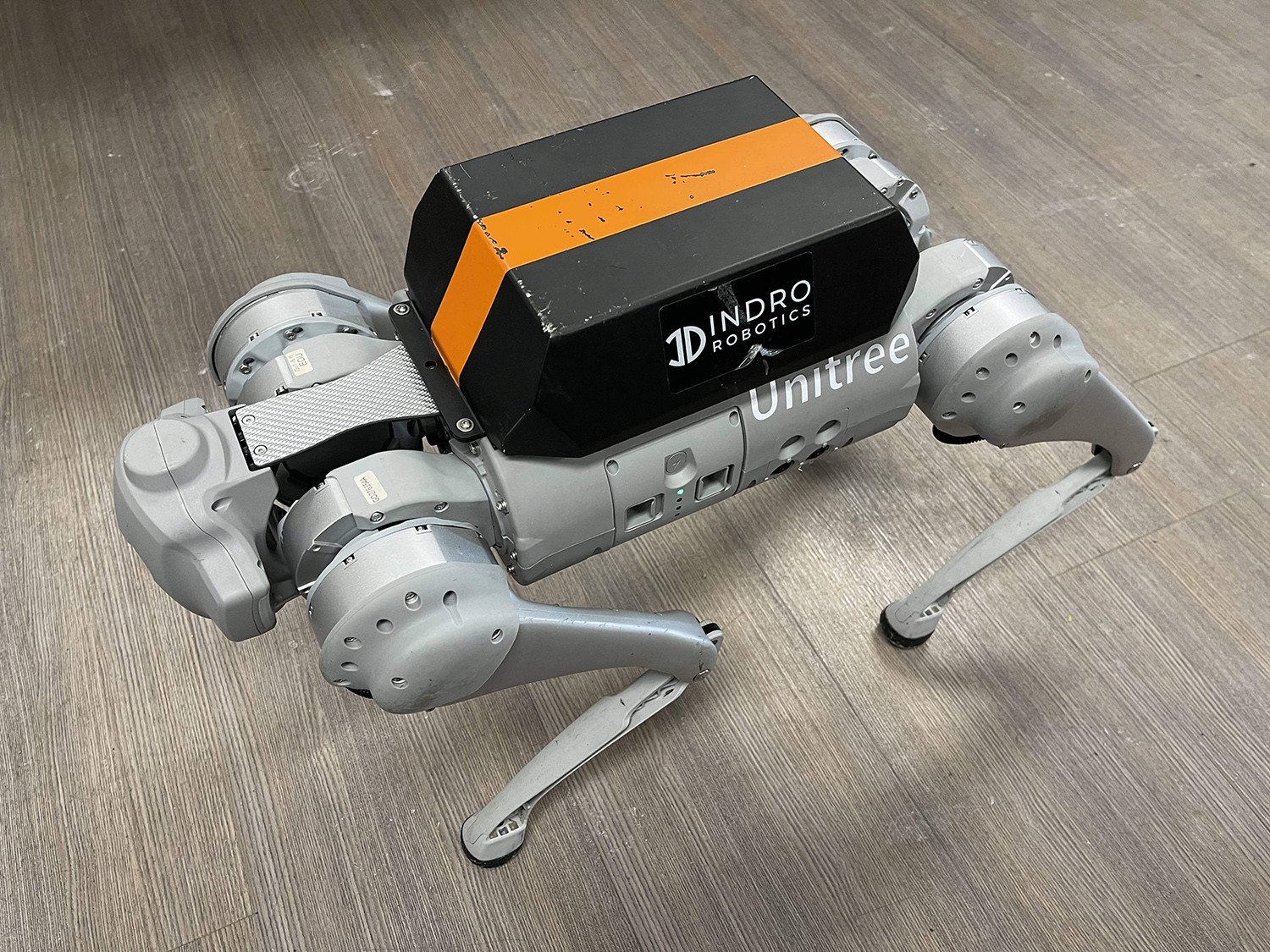
What’s in the box
The box contains both hardware and software. On the hardware side, there’s a high-speed 5G modem, along with a Jetson Xavier NX (which manufacturer NVIDIA calls the “World’s smallest AI supercomputer”). The Robot Operating System (ROS) library is also stacked in there, along with the software required to use the ROCOS dashboard for controlling the system.
And what does that mean?
“The operator is able to send the control commands to the InDro backpack over a 5G or 4G network. And the InDro Backpack passes the commands and transmits that to the dog,” explains Kaiwen Xu of our Area X.O R&D engineering facility.
InDro Backpack also makes the most of the multiple sensors that come on quadrupeds like the GO1 EDU.
“Out of the box, the Unitree GO1 has an app. But it’s not the greatest at managing all of the camera feeds,” says Account Executive Luke Corbeth. “Through the ROCOS dashboard, it’s a lot easier to see each of the feeds and get the most out of the impressive hardware that’s in the units. There are five sets of cameras and three sets of ultrasonic sensors – so we can really ensure the client is getting the most out of those.”
In addition to that, the software libraries make the Unitree a fully ROS-enabled robot, which greatly expands its capabilities.
“That’s what makes Backpack valuable to the R&D community,” says Corbeth. “It means clients have access to all available packages to enable a wide range of applications, be it autonomous navigation, perception, motion planning, multi-robot systems – packages to ensure they can really jump-start their project. That’s the InDro value add-in.”
InDro has also made the User Interface super-intuitive, allowing an Xbox controller to control the robot via a laptop or desktop device. Even first-time users seem to have no difficulty telling these Backpack-enhanced dogs where to go, seeing their surroundings in real-time via video.
Who’s this for?
Who might benefit from an InDro Backpack-enabled quadruped?
Well, it depends on the use-case. For education, R&D and corporate innovation centres, the GO1 EDU with Backpack is a good choice. But Enterprise clients wanting to do outdoor inspections in more challenging environments will likely want a larger and more capable robot, the Unitree B1.
“The backpack was designed for the GO1 as a means of getting additional compute and teleoperations,” says Corbeth. “It can be used in simple and controlled environments, but as soon as it becomes more dangerous and complex it makes more sense to put the backpack on the B1.”
The B1 is capable of climbing larger stairs and negotiating more hazardous environments than the GO1 EDU. It also has an impressive Ingress Protection rating, making it better suited to these use-cases. That’s a photo of the B1 beside its smaller sibling below, taken at our Area X.O facility:
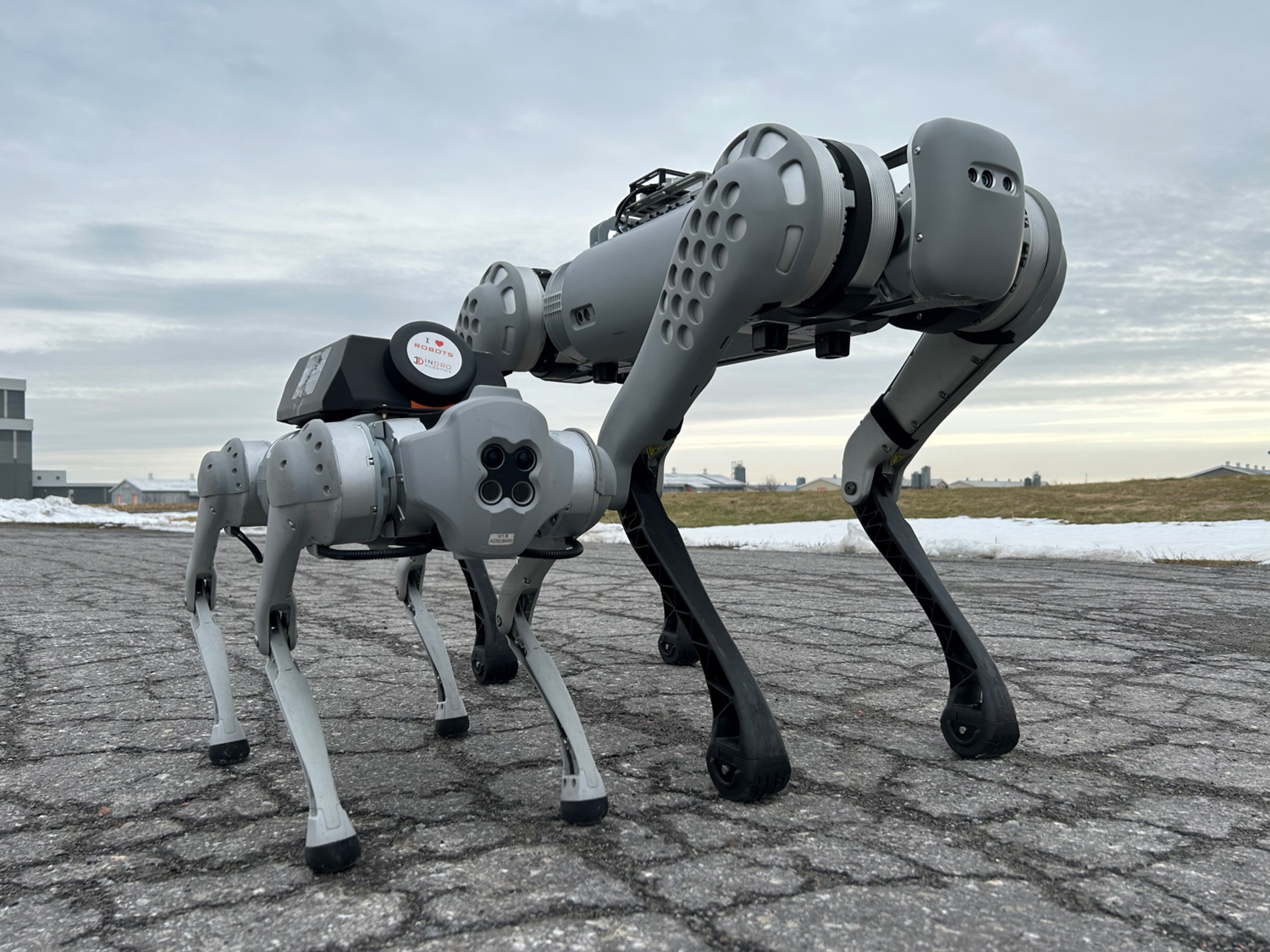
Roll over
If you were looking carefully at the first image of the GO1 EDU with that backpack, you’ll have noticed a few scratches on top. How did they get there?
Well, the Unitree quadrupeds are capable of righting themselves if they happen to fall over on some challenging terrain. They do so with a manoeuvre that’s like a dog rolling over. This gets up enough intertia for them to land on their feet. We took that into account when designing the Backpack.
“The backpack has a slim profile. We built it so that it can still roll over – even if it falls,” says Corbeth. “So it doesn’t compromise any of the functionality of the robot.”
(Observant readers will also notice a Unitree robotic arm in the top right of the image below. More on that in a future post.)
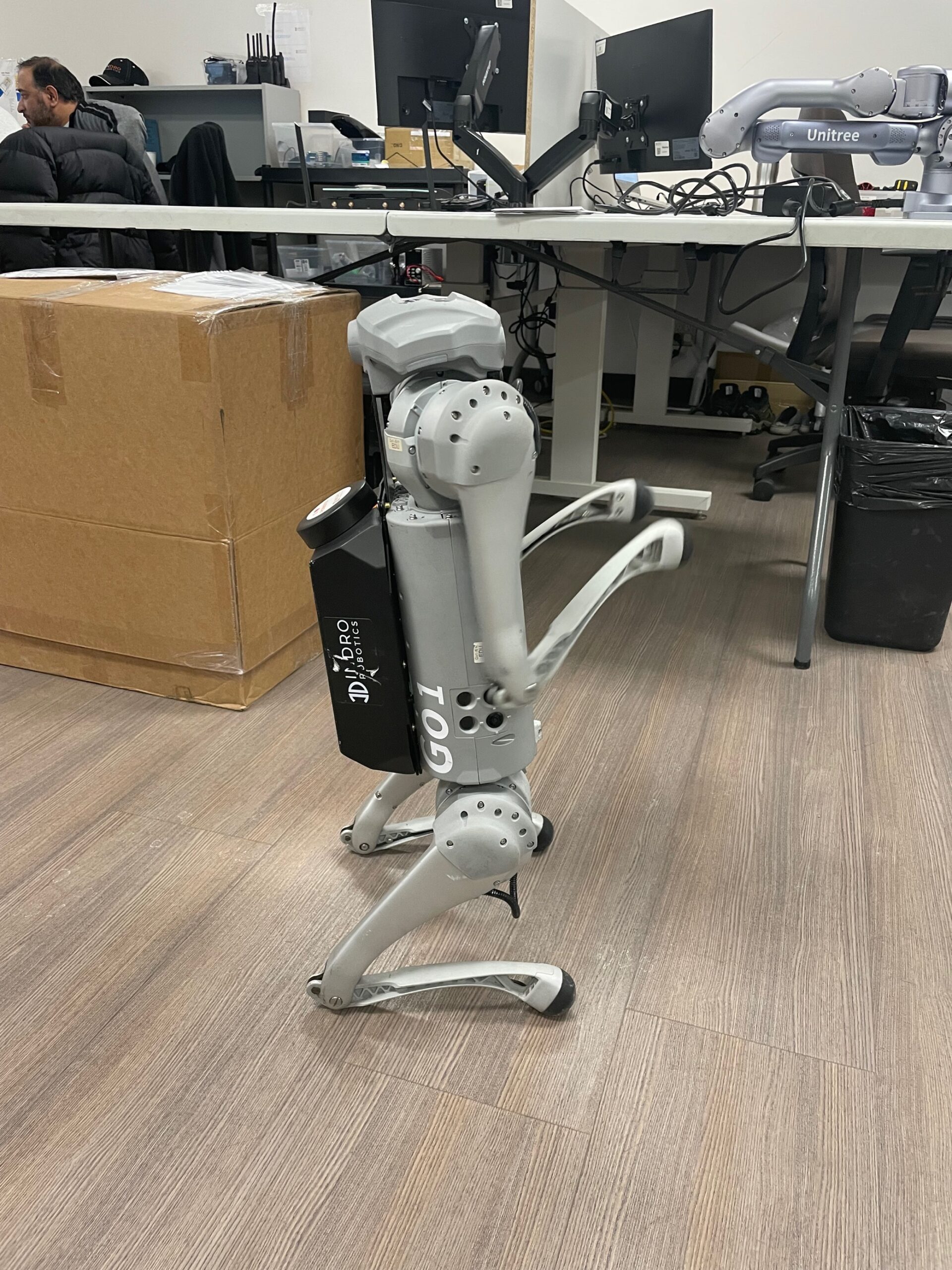
Making a good robot great
Out of the box, the Unitree robots are highly capable. But InDro Backpack clearly expands those capabilities. With this add-on, the units can be operated from hundreds or even thousands of kilometres away using an Xbox controller with no discernible latency. Multiple windows in the ROCOS dashboard allow for monitoring data from the Unitree’s various cameras and sensors. The addition of the ROS software library and Jetson EDGE computer further enhance capabilities for autonomous functions.
In short, this good dog suddenly becomes a great dog – with additional capabilities.
“A client can add LiDAR to the dog, they can also put a stereo camera on top for 3D Simulatenous Localisation and Mapping (SLAM), and these kinds of things,” says Kaiwen Xu.
Two InDro Backpack-enabled Unitrees are soon heading out the door to California, with more in production. It’s a unique solution, designed from the bottom-up by InDro.
“This product has really solidified us as kind of the go-to integrators for some of the platforms out of Unitree,” adds Corbeth. “It’s worth noting that the backpack is platform-agnostic. It can go onto any platform, including the AgileX platform.”
So just picture that Backpack on the highly capable Unitree B1, seen below. A perfect fit for remote inspections and surveillance.
InDro’s take
A big part of What InDro Does is develop products that can expand the capabilities and use-case scenarios of existing products. Innovations like InDro Commander and InDro Pilot are already making their mark in the industry, and InDro Backpack is next.
“Upgrading a quadruped with InDro Backpack is a significant value-add that can truly teach a new dog new tricks,” says InDro CEO Philip Reece.
“With growing demand for teleoperated solutions – particularly for remote locations like electrical substations and solar farms – InDro Backpack transforms Unitree quadrupeds, and other robots, into more powerful and expandible platforms. I’m very pleased with the work our Area X.O team has put into the development and production of this tool.”
Interested in learning more? Feel free to contact Luke Corbeth to schedule a presentation or demo. And if you have an Xbox controller, he might even let you drive!

